Tech Leaders Gather at CSUN Conference to Advance Inclusion, Accessibility
The exhibit hall at the CSUN Assistive Technology Conference featured a treasure trove of devices and software that help people with disabilities navigate — and fully experience — the world.
There were apps that audibly describe the surrounding world for people with impaired vision, phones that display scrolling captions of conversations for people with hearing loss, and spoons with stabilizing handles for individuals with hand tremors.
One wearable video camera, BrainPort V100, connected to an oral electrode array that stimulated shapes and patterns on the user’s tongue, essentially painting pictures for the visually impaired wearer to imagine.
“We had a grandfather who said he saw his grandchild for the first time,” said William A. Conn, vice president of sales and marketing for BrainPort Technologies, which displayed the BrainPort V100 device.
The 33rd annual conference — organized by California State University, Northridge’s Center on Disabilities, and known in the industry as the CSUN Conference — took place March 19-23 at the Manchester Grand Hyatt Hotel in San Diego. The conference has an international reputation and attracts nearly 5,000 participants, including presenters and exhibitors sharing technology devices, and services and programs that remove barriers to full participation in educational, workplace and social settings for people with disabilities.
In its last year in San Diego before relocating to Anaheim, the CSUN Conference provided technology professionals and people with disabilities from all over the world the chance to connect.
A recurring theme in presentations and discussions at this year’s conference was the need for tech companies to change their cultures to focus on accessibility, by including people with disabilities in the workforce, and considering accessibility in the earliest stages of product development.
The keynote speaker was Daniel Goldstein, an attorney who has fought for disability rights for almost 35 years and who helped the National Federation of the Blind reach agreements with numerous national corporations and organizations to make their websites, healthcare kiosks, ATMs and restaurant ordering devices accessible. Goldstein gave a keynote speech that was both provocative and charming, as he challenged technology companies to work harder toward inclusivity and accessibility.
“I am convinced we are losing ground — that technology is developing more rapidly than accessibility is progressing into the technology world,” Goldstein said. “We’re going to have inaccessibility as long as students in computing don’t learn about accessibility and don’t see peers with disabilities.”
Goldstein called for the development of guidelines for tech companies to define expectations for accessibility in the marketplace. He said securing pledges to become accessible from a few major companies would establish market pressures to ensure products are accessible at launch.
“There are companies that truly want to know what we expect of them, and we owe it to them to tell them that,” Goldstein said.
Microsoft is one company that has been praised for its inclusive hiring practices, including programs to hire individuals with intellectual developmental disabilities and individuals with autism. Microsoft Chief Accessibility Officer Jenny Lay-Flurrie discussed these programs, noting candidates with autism are often extremely qualified but by traditional measures do not perform well in interviews. Individuals who approach tasks differently are valuable in creative problem solving, she said.
Lay-Flurrie, who is deaf, also discussed the company’s commitment to accessibility features in new products and customer support, such as a free app, Seeing AI, that narrates the world; the company’s Disability Answer Desk; real-time captioning for Microsoft Translation; and a more prominent display of the Accessibility Checker tool, which notifies users of accessibility issues in Word documents, Excel spreadsheets, Outlook emails and PowerPoint presentations.
The CSUN Conference provided an opportunity to listen, learn and share with people who need accessible technology and those who are working in the field, Lay-Flurrie said. Microsoft’s mission of empowering “every person and organization on the planet to achieve more” fit well with the mission of the conference, she said.
“That’s what CSUN [Conference] is all about,” Lay-Flurrie said. “[Attending is] a no-brainer.”
May Labrador attended for the first time with three colleagues from the San Luis Obispo County Office of Education, which provides Braille translation for students. The group spent much of Wednesday afternoon perusing the booths in the exhibit hall, looking for new technologies to help their students.
“I’m learning a lot,” Labrador said.
A sixth annual Journal on Technology and People with Disabilities will be published after the conference and will highlight the proceedings from the conference’s science/research track. The journal attracts an increasing number of academics and researchers to the conference.
“People come here because we are known globally,” said Sandy Plotin, managing director of CSUN’s Center on Disabilities. “We really are the largest, and we are the longest-running and the only university-sponsored conference. We have cachet. And now, we have a journal. That’s even more of an attraction for people.”
CSUN President Dianne F. Harrison visited the exhibit hall and viewed demonstrations of numerous accessibility devices. Harrison said it was an honor to be the president of the university that hosts the largest, longest-running and most respected conference supporting the mission of inclusion for all.
“The ingenuity and technologies on display are always impressive and inspirational to me, and I always enjoy the opportunity to spend time here to meet all of you and thank you for your support and commitment,” Harrison said to a gathering of conference participants. “I am proud of CSUN’s legacy and leadership in this area that is so important to so many people of all ages.”

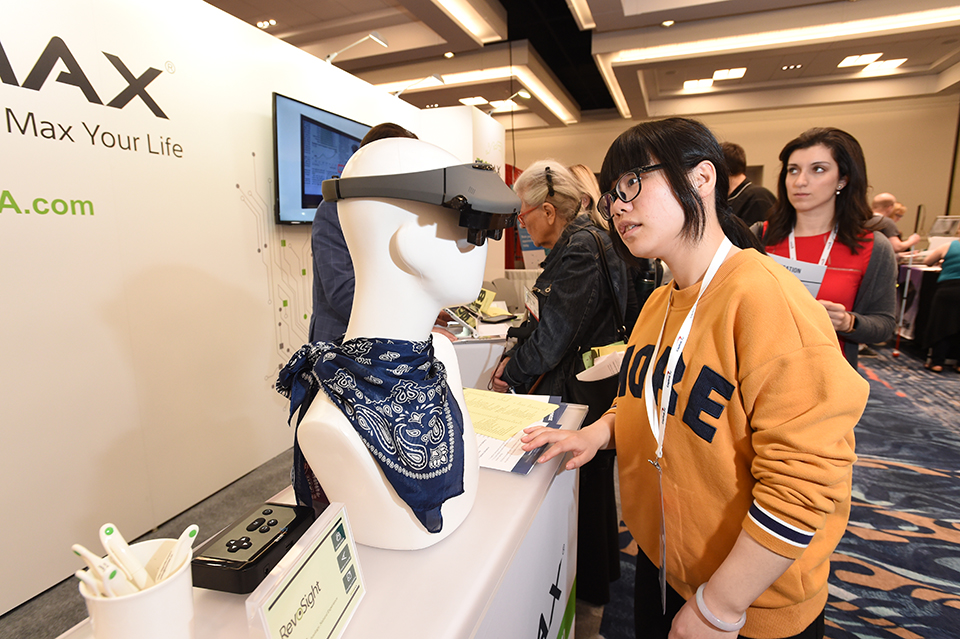
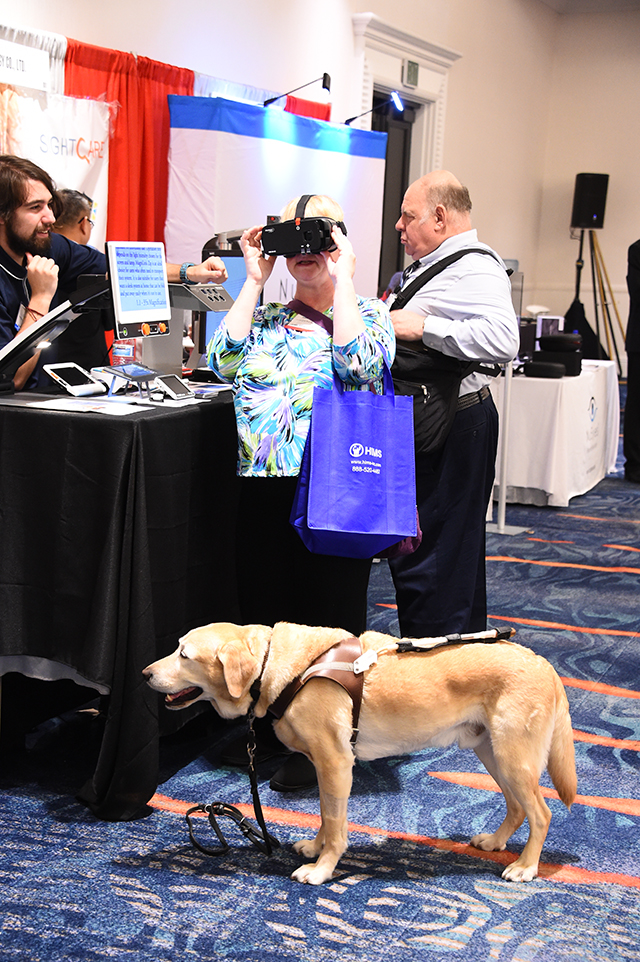
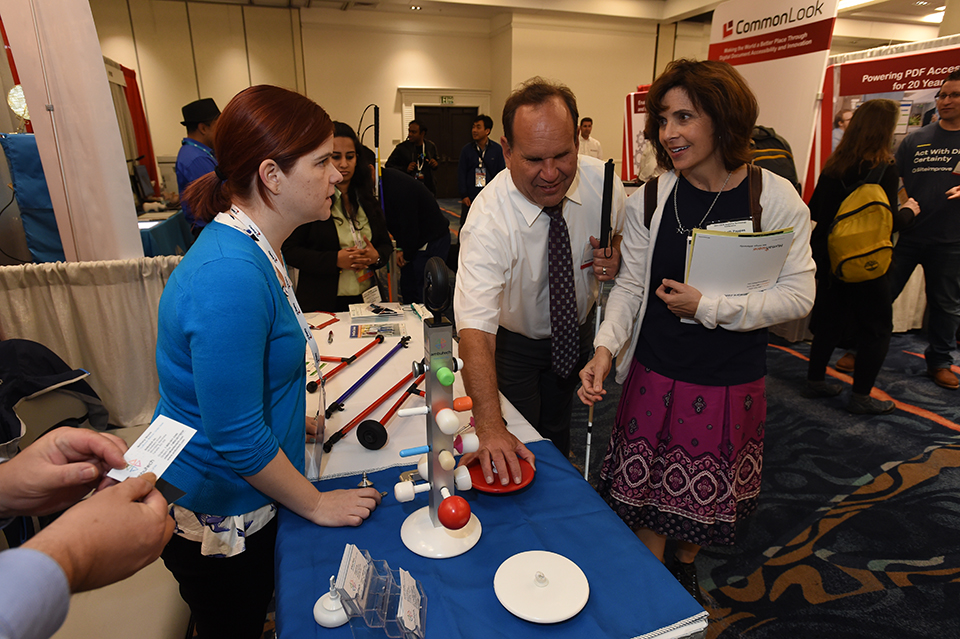


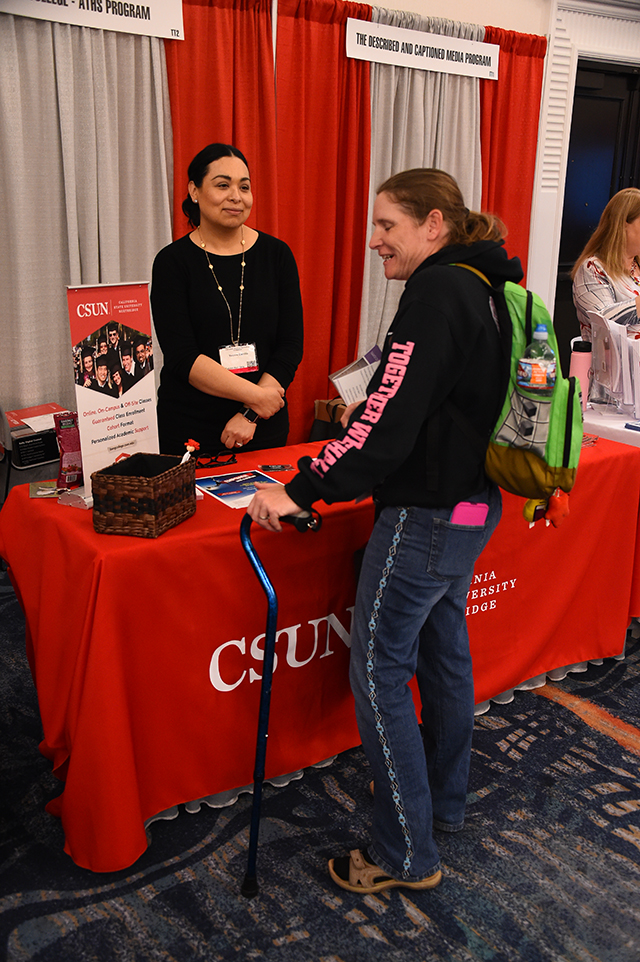

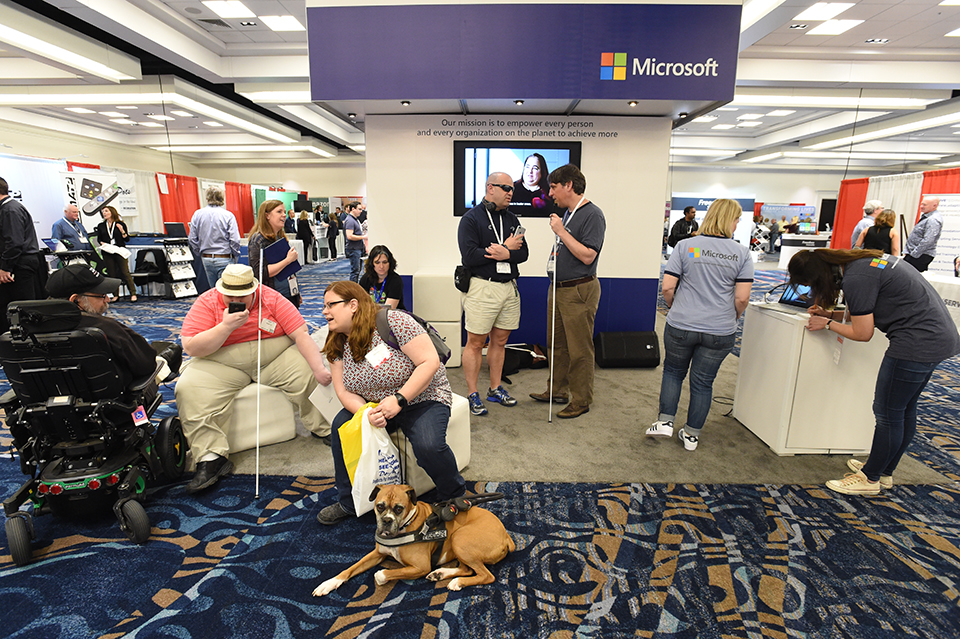
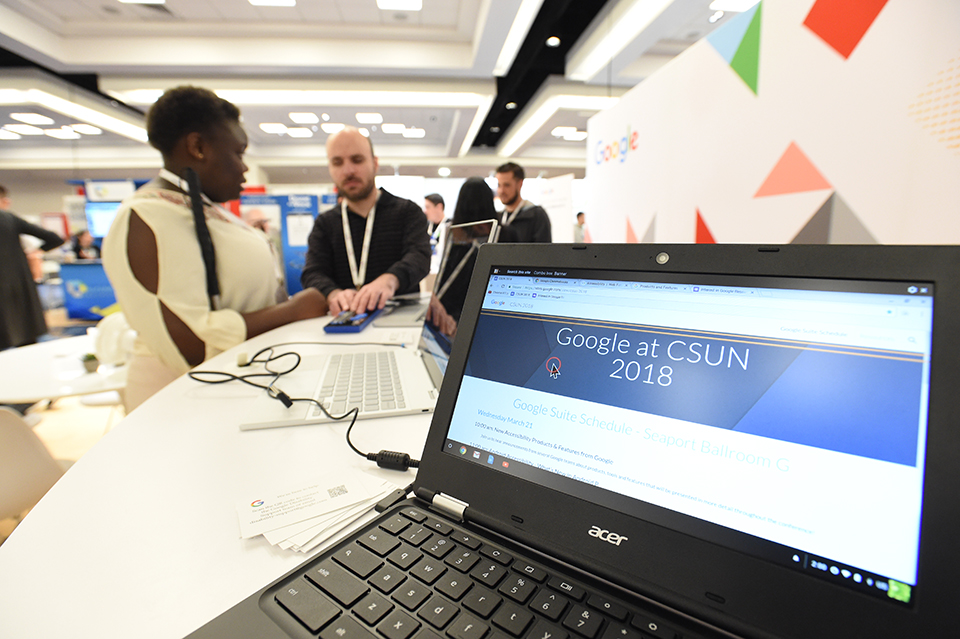

 experience
experience